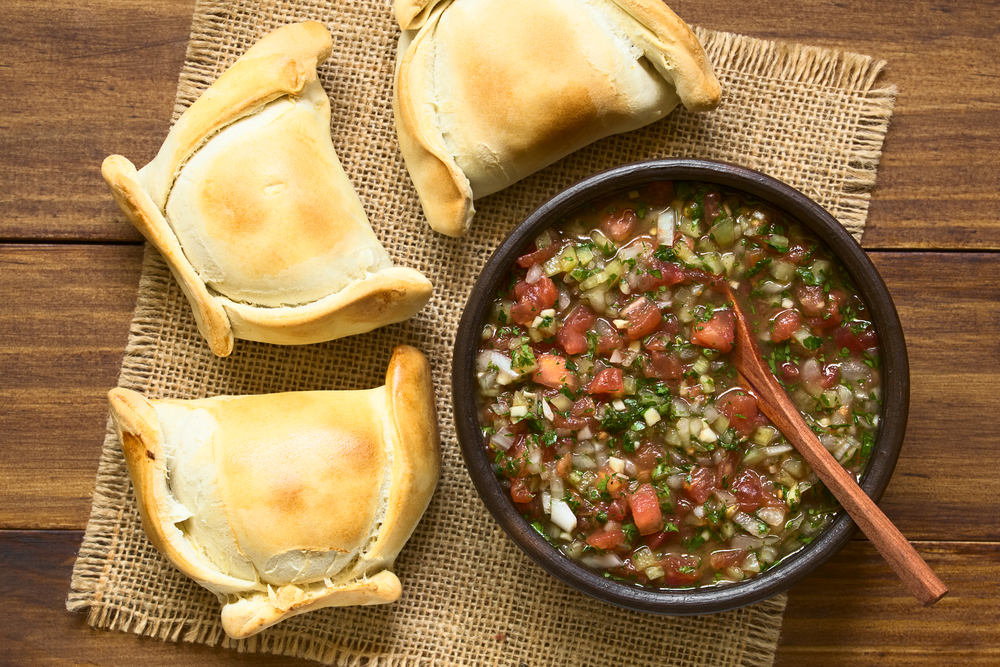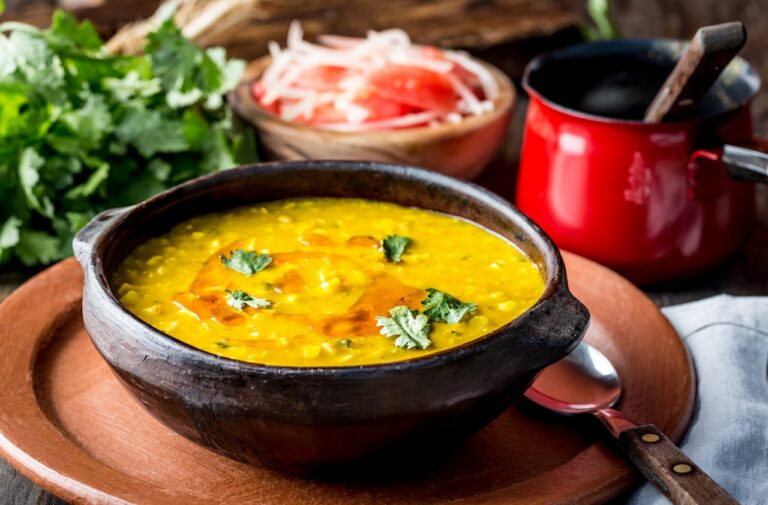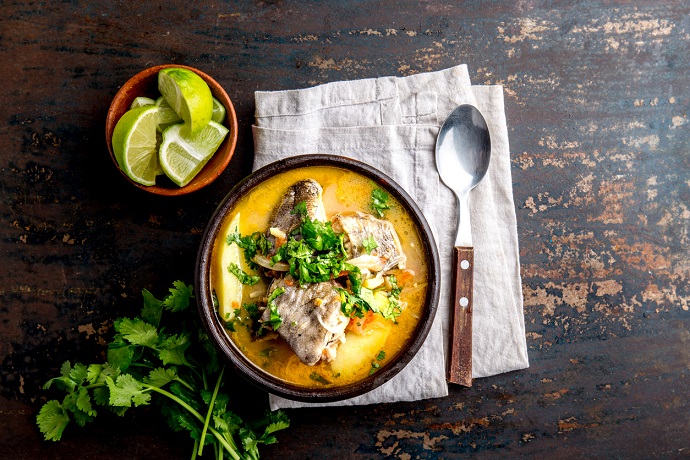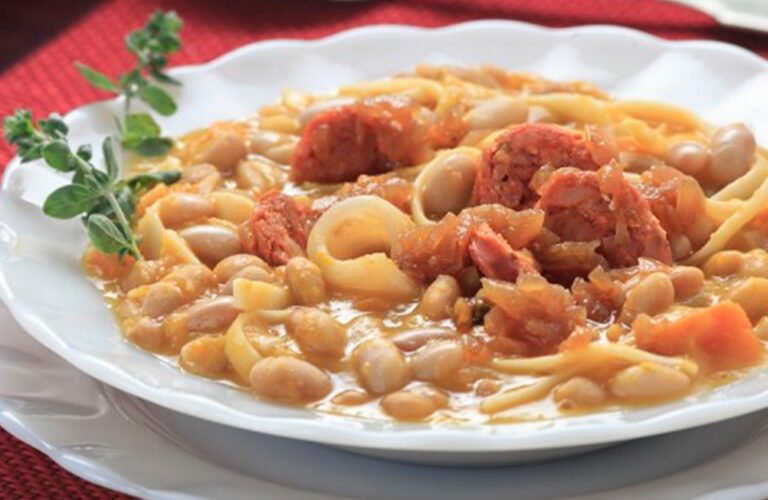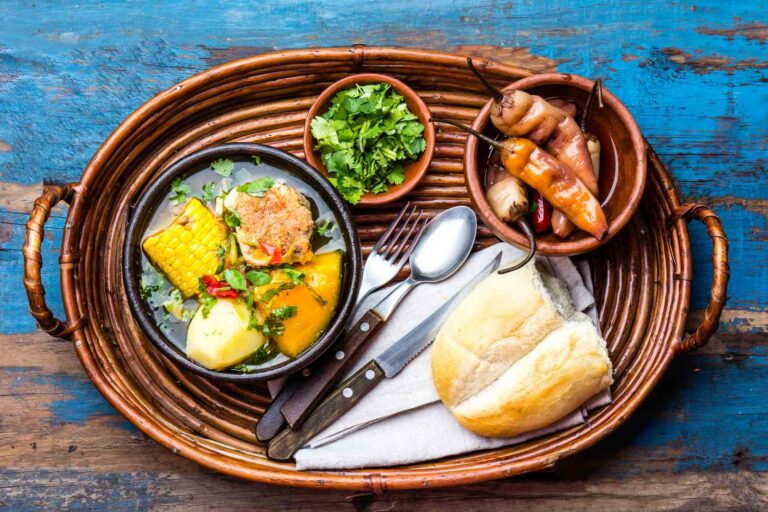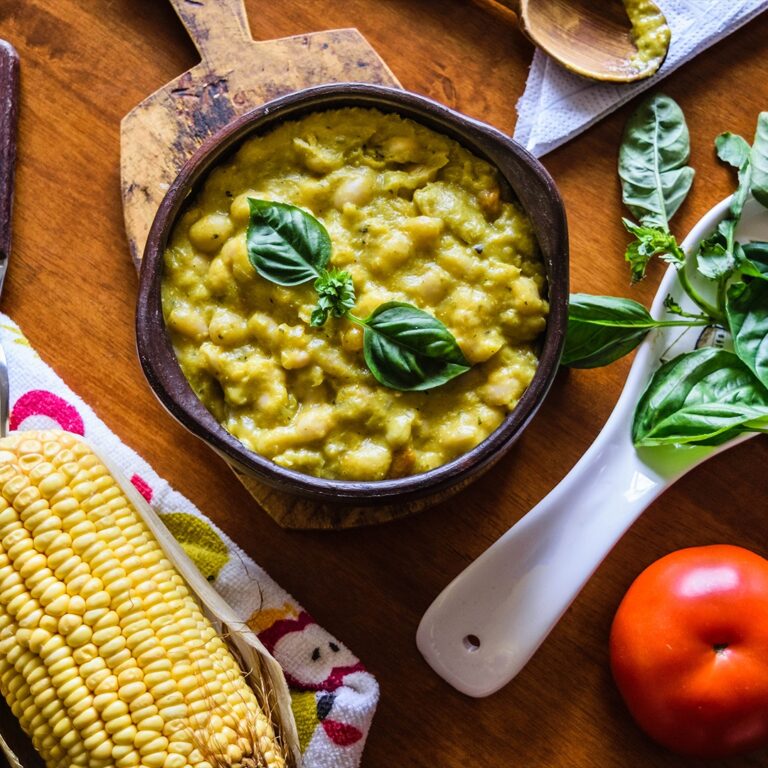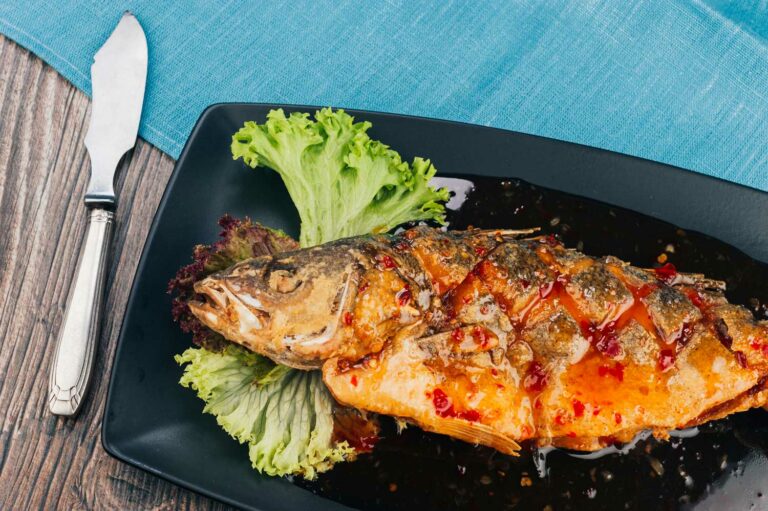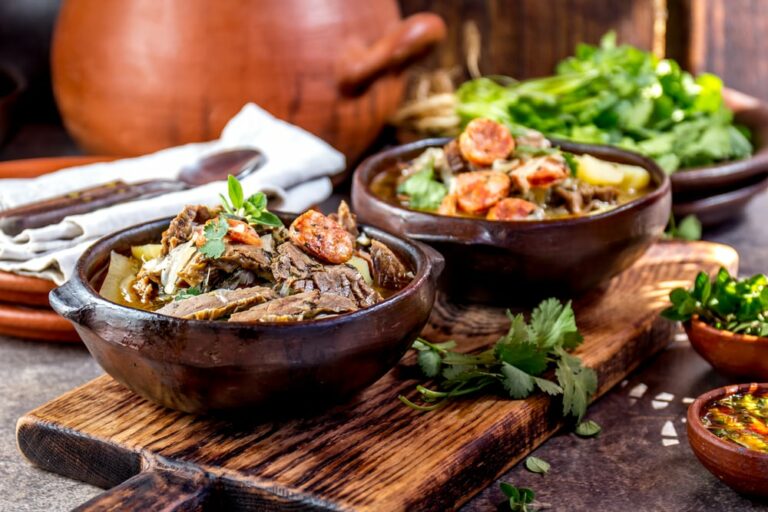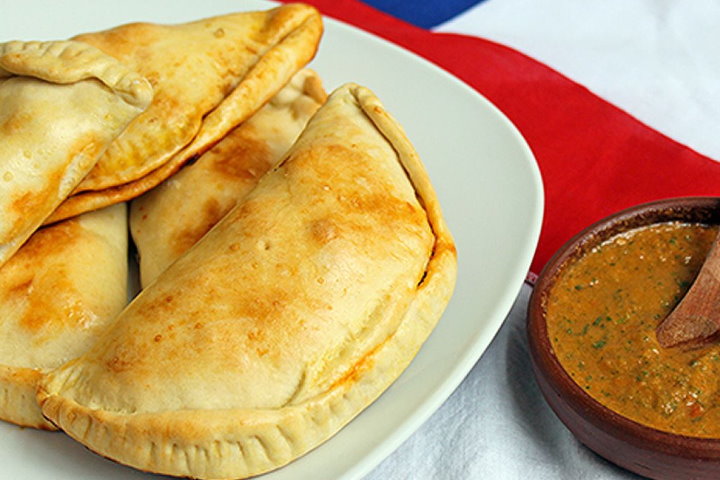Introduction: Chilean cuisine
Chilean cuisine is a delicious and diverse mix of flavors influenced by its geography, history, and different cultures. The cuisine has a strong emphasis on seafood, meat, and vegetables, and it is known for its unique blend of indigenous ingredients and Spanish colonial cooking techniques. The country’s culinary scene varies across different regions, each offering distinctive dishes and ingredients that reflect the local culture, climate, and geography.
The North: desert flavors
The North of Chile is known for its arid climate and unique flavors that reflect its desert landscape. The cuisine is characterized by the use of traditional ingredients such as quinoa, corn, and various types of potatoes. A popular dish is the chairo soup, a hearty soup made with beef, potatoes, and corn. Another local favorite is the humitas, a type of tamale made with fresh corn, onion, and basil.
Central Chile: seafood and wine
Central Chile is home to the capital city, Santiago, and it is the country’s largest wine-producing region. The cuisine of central Chile is strongly influenced by seafood, and a popular dish is the chupe de mariscos, a creamy seafood casserole made with clams, mussels, shrimp, and cheese. The region is also famous for its wine, especially its red wines such as Carmenere and Cabernet Sauvignon.
The South: traditional dishes
The South of Chile is known for its traditional dishes and ingredients, which are heavily influenced by the Mapuche culture. A popular dish is the curanto, a type of barbecue made with meat, seafood, potatoes, and vegetables, cooked in a large hole in the ground and covered with leaves. Another traditional dish is the milcao, a type of potato pancake made with boiled potatoes, pork fat, and flour.
Easter Island: fusion cuisine
Easter Island, also known as Rapa Nui, is a small island located in the Pacific Ocean, and it has a unique, fusion cuisine influenced by Polynesian and South American cultures. A popular dish is the curanto Rapa Nui, a variation of the curanto dish made with sweet potatoes, taro, and fish, cooked in a pit covered with banana leaves.
The Andes: mountain specialties
The Andes mountains offer a unique range of ingredients and flavors, including different types of potatoes, quinoa, and various types of herbs and spices. A popular dish is the pachamanca, a type of barbecue where meat, potatoes, and vegetables are cooked in a pit covered with hot stones. Another specialty is the guatitas, a hearty stew made with beef tripe, potatoes, and peanuts.
Patagonia: seafood and lamb
Patagonia is a vast, sparsely populated region located in the southern part of Chile, known for its rugged landscape and unique gastronomy. The cuisine of Patagonia is characterized by the use of lamb and seafood, such as the curanto al hoyo, a type of barbecue made with lamb, pork, seafood, and vegetables, cooked in a hole in the ground.
Conclusion: diverse and flavorful cuisine
Chilean cuisine is a delicious and diverse mix of flavors and ingredients influenced by its geography, history, and different cultures. The country’s cuisine varies across different regions, each offering distinctive dishes and ingredients that reflect the local culture, climate, and geography. From the arid desert landscapes of the North to the rugged Patagonian coastline, Chilean cuisine is a unique and flavorful experience that should not be missed.

